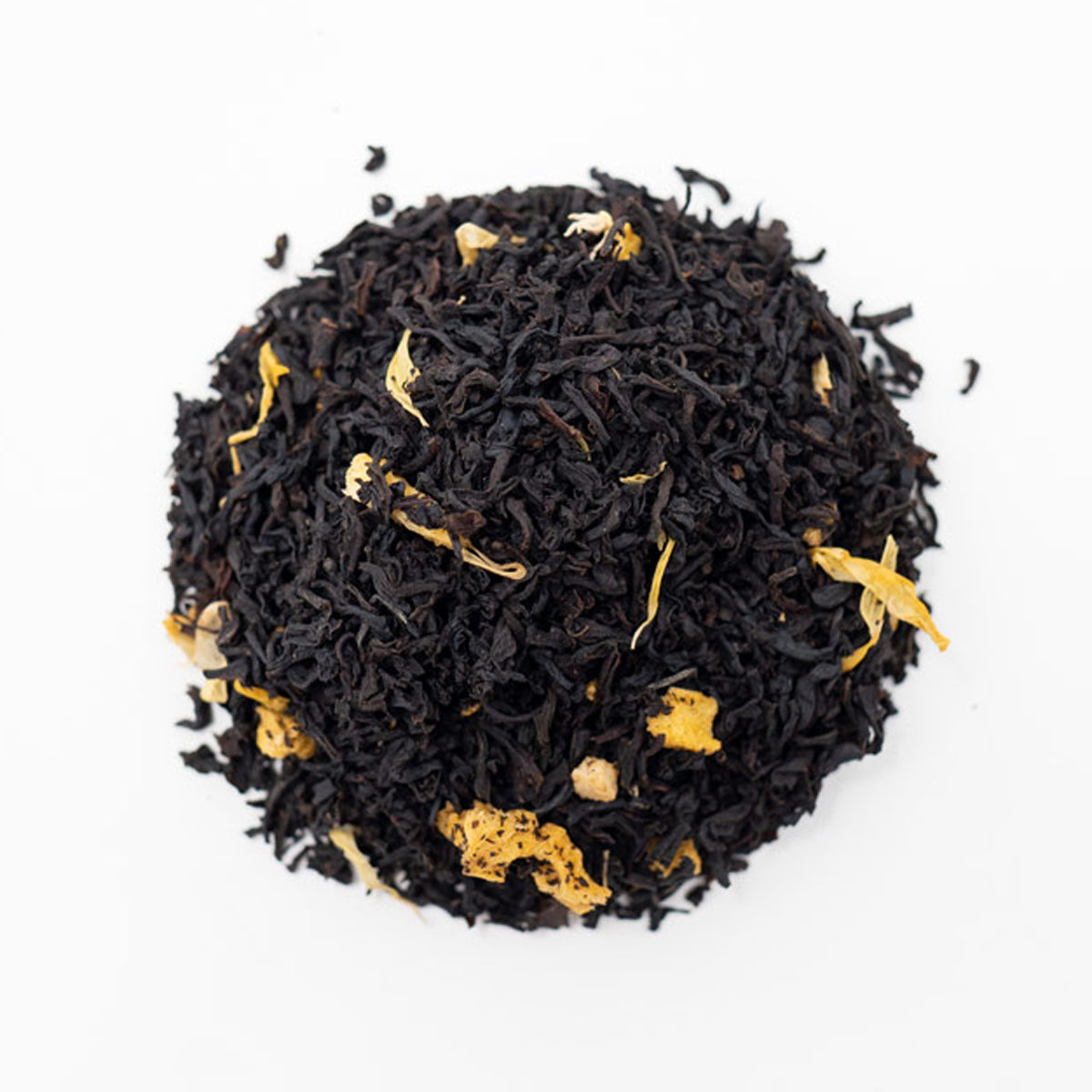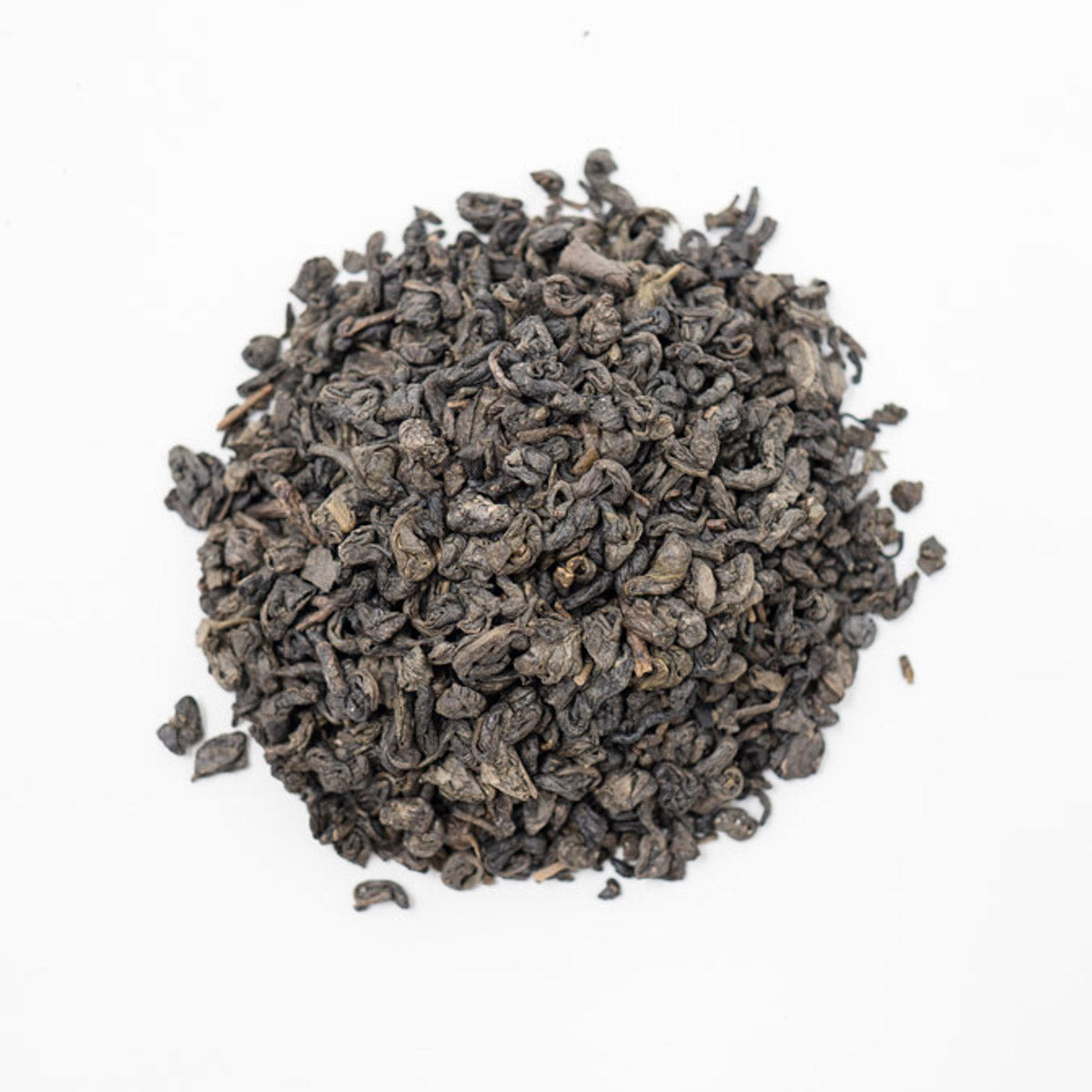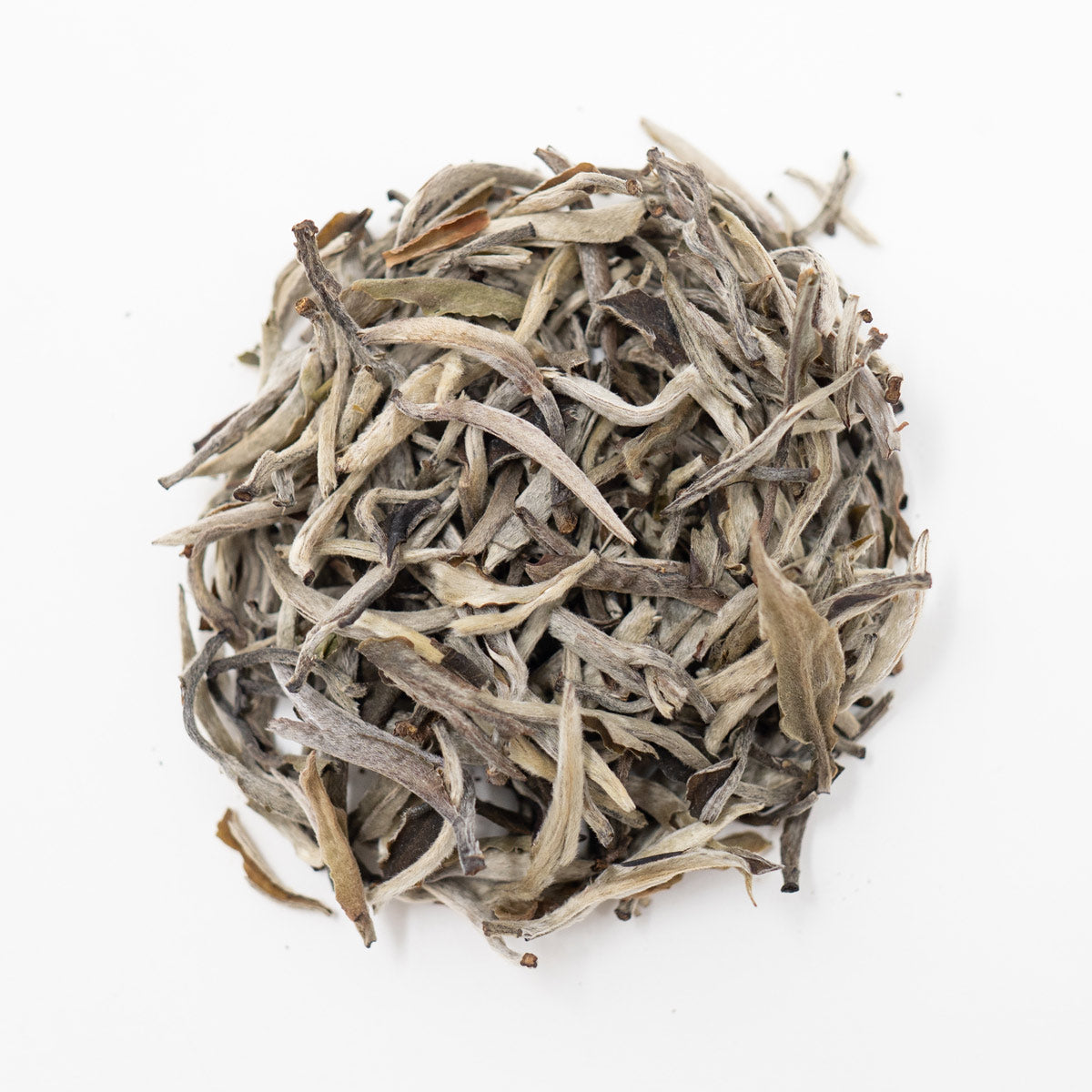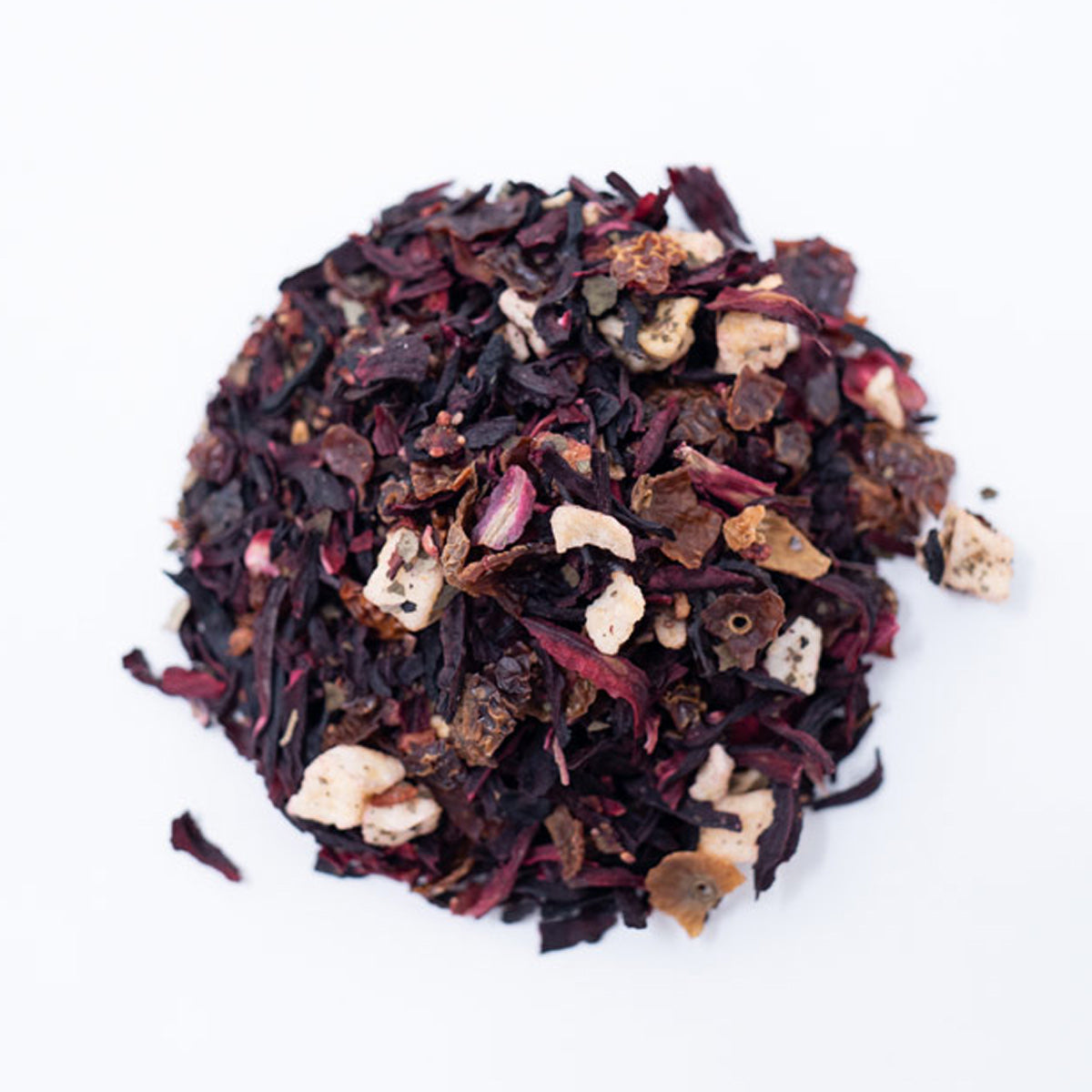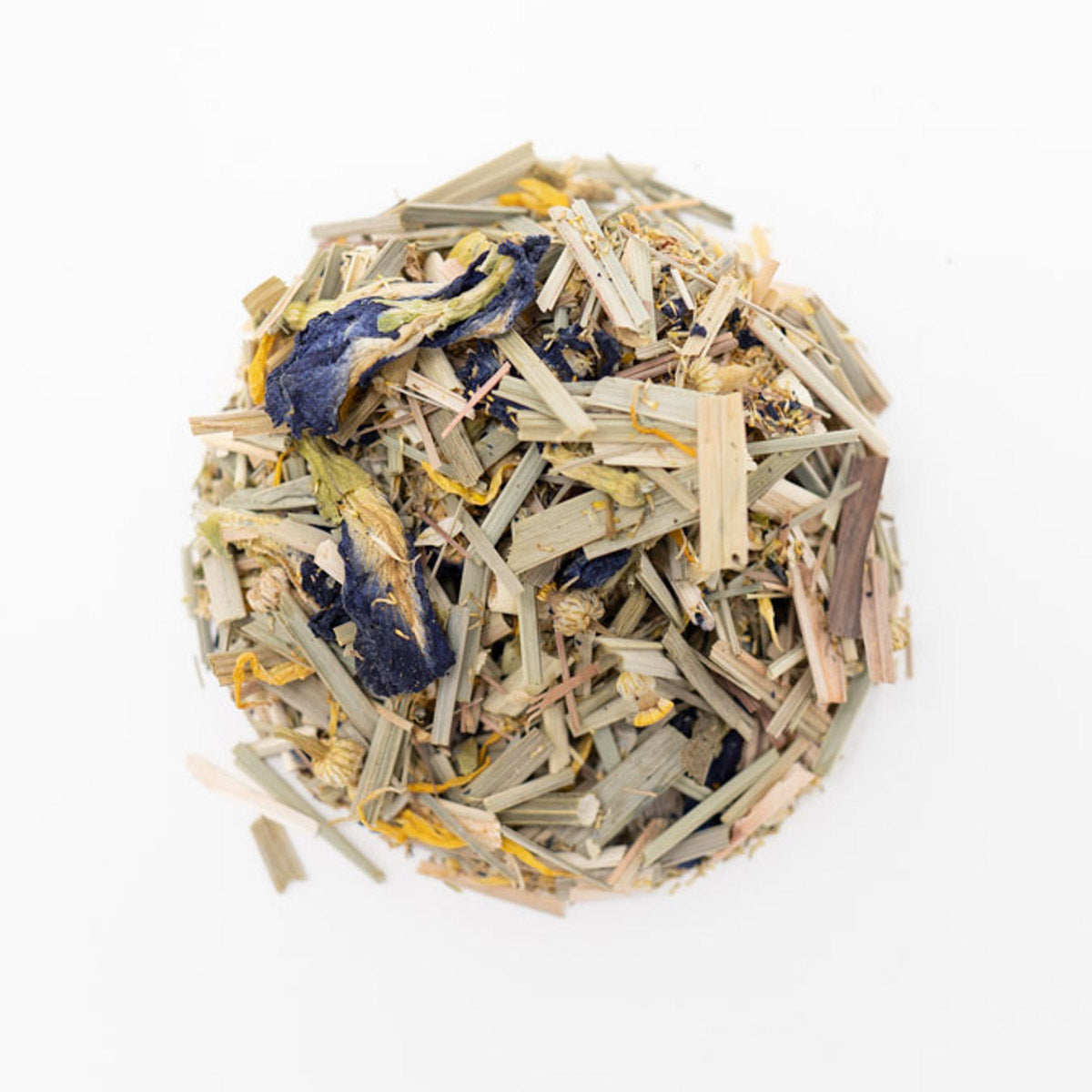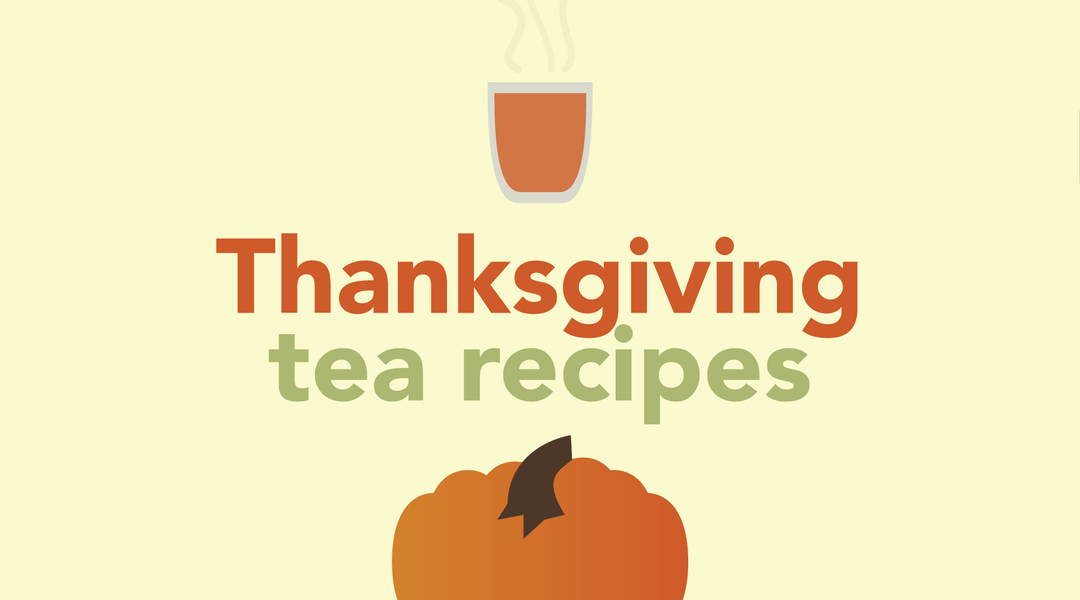How We Keep Our Teas Pure & Full of Natural Flavor
In a world where it is increasingly important to understand what products make up the food and beverages we are putting in our bodies, there are times when we come across an unfamiliar ingredient that makes us reevaluate. "Natural flavors" can be one of those, and it is a topic that we are often asked about when it comes to our tea ingredients. What are "Natural flavors," why are they listed as an ingredient, and are they actually natural? Continue reading to learn the answers to these common questions and more!
Are Natural Flavors Actually Natural?
Today, artificial is a word that is often connected to intelligence or AI, which are concepts that we do not want to associate with our food or drink. The million-dollar question is, "is "natural flavor" actually natural?" The answer is, Yes! It is a term that the FDA monitors and this is their professional definition for it. "The term natural flavor or natural flavoring means the essential oil, oleoresin, essence or extractive, protein hydrolysate, distillate, or any product of roasting, heating or enzymolysis, which contains the flavoring constituents derived from a spice, fruit or fruit juice, vegetable or vegetable juice, edible yeast, herb, bark, bud, root, leaf or similar plant material, meat, seafood, poultry, eggs, dairy products, or fermentation products thereof, whose significant function in food is flavoring rather than nutritional." Yes, it is a mouthful, but it covers all the bases, and we can know that there is indeed a difference between "artificial and natural" flavors. Since the FDA tracks it, the term cannot just be used as a method for advertising.
Does Natural Flavor Need to Be Listed?
Now that it is clear that "natural flavors" are pure and specific standards have to be met to qualify as such, why is it important to list them as an ingredient? Many teas are made from a base (black tea, green tea, etc.), and then other ingredients are combined to enhance flavor. Sometimes though, more flavors are desired, but the physical pieces are not, so that is when "natural flavors" come in. This technique makes it possible to achieve the desired mix of flavors without having too many physical ingredients. While "natural flavors" cannot be picked out of the teabag, they are present, and ultimately why they are listed on our website and tea packaging.
How Does One Add Natural Flavoring?
Natural Flavors are also known as extracts, and they are made from the extraction of essential oils from the leaves, fruits, blossoms, roots, or other parts of a plant. Some extracts can be obtained simply by pressing a lemon peel to produce oil, while others require much more elaborate means of extraction. It only takes about a teaspoon per pound to achieve the proper flavor disbursement, so, when a flavor is extracted down to its most concentrated form, clearly a little goes a long way while not losing out on incredible flavor. The natural flavors in our blends are made from botanical ingredients to replicate the taste of fruits and other items. They are commonly used when dried fruits or other components do not sufficiently add enough flavor. Not only are they plant-based, but they are devoid of corn, soy, gluten, and dairy, and do not contain any added sugar!
At Hackberry Tea, we want you to enjoy all the many wonderful teas we offer without having to worry about the ingredients. Hopefully, you could get more clarification on "Natural Flavors" and know just what it means when you see it listed in the ingredients. If you haven't already, check out our incredible selection of naturally-flavored teas to see why a touch of flavor adds volumes to the drinking experience.
